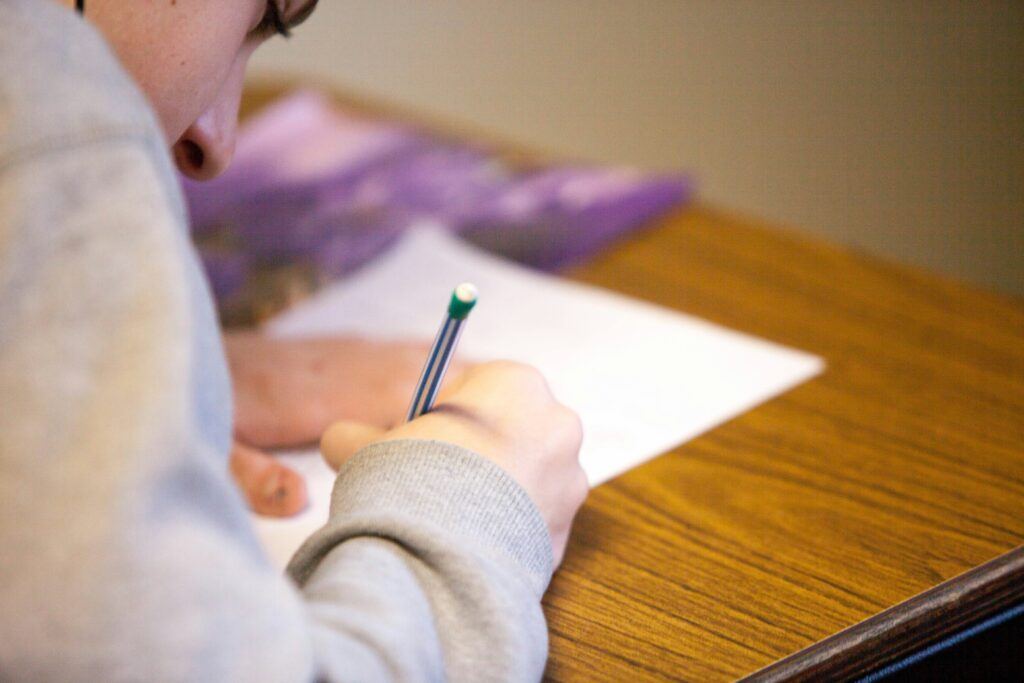The GCSE Spanish exam often seems intimidating, especially if you’re aiming for a top grade or boosting your confidence in a new language. Having guided many students through the process, my biggest piece of advice is simple: preparation is everything. With the right strategies, resources, and a positive mindset, scoring well is absolutely within reach. You don’t need to be a language prodigy—consistency and good habits make a huge difference.

Understanding the GCSE Spanish Exam Structure
You’ll be tested in four areas: listening, reading, speaking, and writing—each worth 25% of your final mark. The exam checks not just your vocabulary, but your ability to use Spanish in real-life situations. There are two tiers: Foundation (grades 1–5) and Higher (grades 4–9). If you want the maximum grade (a 9), you need to take the Higher tier and show strong skills across all papers:
- Listening: Answer questions on recorded conversations or announcements.
- Reading: Read everyday materials—signs, emails, articles—and do some translation into English.
- Speaking: Complete role-plays, describe photo cards, and chat with your teacher or examiner.
- Writing: Produce short and long texts and sometimes translate into Spanish.
Knowing this structure helps when mapping out your study plan. I’ll often walk students through mock questions for each section so exam day feels familiar, not overwhelming.
How to Get a 9 in GCSE Spanish (And Why It’s Possible)
Landing a grade 9 means demonstrating excellent grammar, a broad range of vocabulary, and confidence in all sections. In my experience, the myth of needing a “natural gift” for languages isn’t true—a smart approach is what counts:
- Start early, be consistent. Even small daily sessions add up.
- Master exam technique. Practice reading and listening fast, but also look for patterns in the questions to know what the examiners expect, especially in speaking and writing.
- Use specialised and quality books. For example, the Oxford collection.
- Act on feedback. Always ask your teacher or tutor exactly where you can improve and focus there.
- Use diverse resources. Don’t stick only to class books. Try apps, YouTube channels, podcasts, and quizzes to hear native Spanish and see how it’s used in context.
Preparing for Each Exam Paper: Top Tools & Resources
Each skill needs its own approach. Here are my personal tips for tackling each paper:
Listening
- Listen to Spanish podcasts, radio, or music. Platforms like SoundCloud and Spotify host countless options.
- Try past exam recordings from your exam board’s book or website.
- Apps like LingoClip inject some fun into your practice and sharpen your ear automatically.
Reading
- Go through old exam papers and look for articles on Spanish news sites, like 20minutos.
- Use Quizlet to build up your topic words. Plenty of ready-made sets exist for all topics.
- Short stories or comic strips in Spanish are both helpful and engaging—you’ll absorb phrase patterns and broad subject matter naturally.
Speaking
- Book sessions with a tutor on Preply or italki for real conversations (this Italki link has a bonus of $10).
- Record yourself with your phone answering sample questions. Listen again and decide what sounds clear or where you can improve.
- Join a language exchange or study buddy system—many libraries and online communities run them free. For example, Conversation Exchange and HelloTalk.
Writing
- Check model answers in revision guides, then write about your routines, family, or hobbies.
- Tools like LanguageTool or online grammar checkers flag common errors.
- Use linking words and “wow” phrases such as “por un lado / por otro lado”, “lo bueno/lo malo es que…” to give your writing more polish.
Best Apps, Practice Materials, and Mock Test Tools
- BBC Bitesize Spanish: Free video summaries and quizzes that break down every main exam topic, grammar, and vocab set.
- Past Papers: Get them for free from exam board sites like AQA or SaveMyExams. Practicing full past papers helps not just with knowledge, but with pacing yourself under exam conditions.
- Seneca Learning: Dynamic quizzes that focus on grammar and tough vocab areas.
Mixing a few different resources keeps your revision sessions fresh and helps shore up your weaker areas. If you are interested in finding free resources for study, I recommend you to have a look at my article 100% Free Resources For Learning Spanish.
Common Challenges: How Hard Is GCSE Spanish and How to Tackle Them
GCSE Spanish gets tricky when you haven’t had much exposure to spoken Spanish, and grammar (like those verb endings) can trip you up. But you can make these manageable with smart routines:
- Group vocab by topic. Memorize central phrases and make mind maps or flashcards for each theme—family, health, holidays, and so on.
- Learn the “must-know” tenses. Drill the present, preterite, and future for basic communication before moving on to complicated structures.
- Little and often. Five minutes reviewing verbs or core phrases daily is more effective than marathon cramming.
- Ask questions. Instead of just noting mistakes, dig into why it was wrong and rewrite the fix. This solidifies learning.
Most students worry most about listening and speaking tests initially; however, with frequent exposure (through podcasts, video channels, or simply chatting with a buddy), these sections become less intimidating and your confidence grows fast.

GCSE Spanish vs French: Which Is Easier?
Lots of students wonder whether Spanish or French is the easier pick. From a tutor’s perspective, Spanish pronunciation is much easier, and word endings link directly to grammar. Spanish and English also share plenty of roots, making some vocabulary easier to recognize. French has more “false friends” and sometimes unpredictable pronunciation. If you’ve already tried one, the other might fall into place more easily. For total beginners, Spanish is often a bit more approachable. Still, either language only gets easier the more often you use it.
Frequently Asked Questions About GCSE Spanish
How can I pass my Spanish GCSE exam?
Focus on essential vocabulary and topics, practice using past papers, and brush up your grammar regularly. Don’t skip speaking—confidence in this area helps in every paper.
What level is IGCSE/GCSE Spanish equivalent to?
Top grades in GCSE Spanish line up with A2/B1 on the Common European Framework. That means you’ll have enough skill for simple conversations and reading basic texts.
How can I best prepare for IGCSE Spanish?
Build a daily habit: review some vocab, do a quick grammar drill, spend ten minutes on listening, and write or speak a short response. Mix in practice papers every few weeks and always review errors for progress.
What’s the best way to do well in the writing and speaking tests?
Memorize useful sentence starters, use several tenses, and connect your ideas. If possible, practice with a tutor or at least record yourself and review your performance.
Final Thoughts
GCSE Spanish rewards steady, focused practice over cramming sprees. With all the free online materials, supportive teachers, and structured revision routines available, tricky bits like grammar, vocab, and speaking soon become easier. Start early, mix up your resources, reach out for help, and remember—you have every tool you need to hit your target! ¡Mucho ánimo y suerte!
Guess what? When you click and buy through some of our links, you’re not just boosting your Spanish skills—you’re supporting us at no extra cost. It helps us keep delivering top-notch tips and resources to you. It’s a win-win for both of us!


